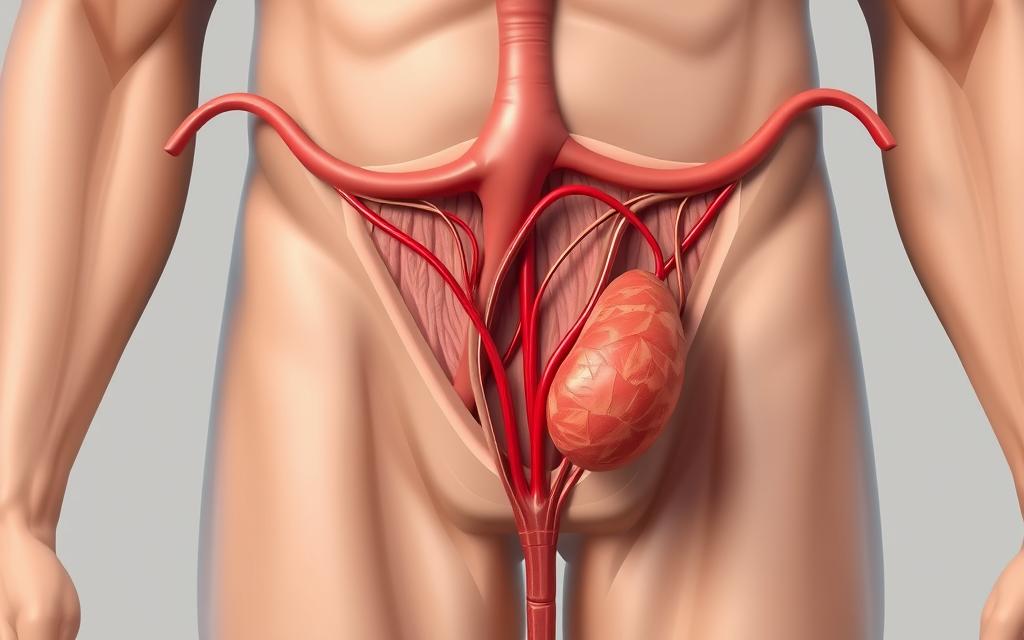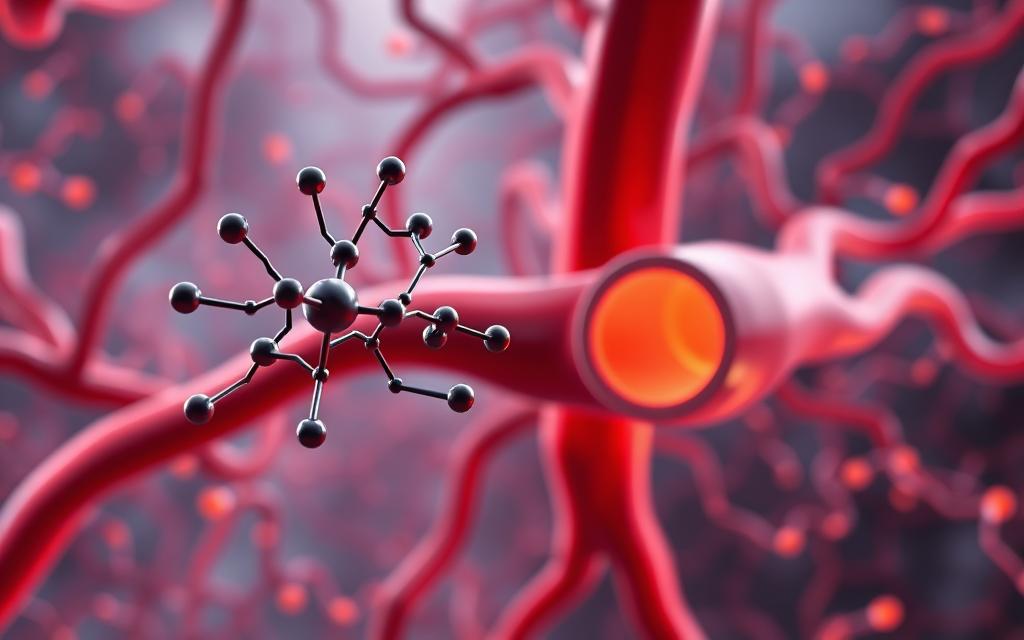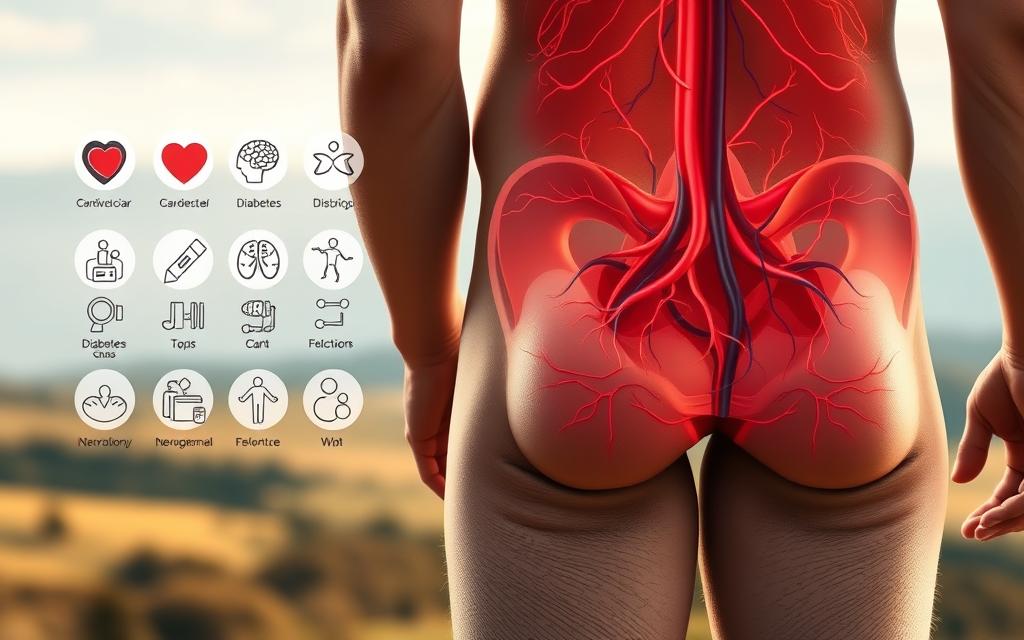Does Cycling Cause Erectile Dysfunction? What Men Need to Know
Cycling is a popular activity that offers numerous health benefits, but some men have raised concerns about its potential impact on their sexual health. Specifically, the question on many minds is whether cycling can lead to erectile dysfunction, a condition characterized by the inability to achieve or maintain an erection.
The relationship between cycling and erectile dysfunction causes is complex, and there’s ongoing debate among health professionals. Some studies suggest that long-distance cycling may be associated with an increased risk of erectile dysfunction due to the pressure exerted on the perineum.
In this article, we’ll explore the potential link between cycling and erectile dysfunction, examining the latest research and expert opinions to provide a comprehensive understanding of the issue.
The Connection Between Cycling and Erectile Dysfunction
As cycling continues to grow in popularity, understanding its effects on male health, particularly erectile dysfunction, becomes increasingly important. Cycling is a physically demanding activity that can have various impacts on the body, including both positive and negative effects on health.
How Cycling Can Impact Male Genital Health
Cycling can affect male genital health in several ways. The pressure exerted on the perineum by the bicycle seat can lead to numbness and tingling in the genital area. Prolonged pressure can potentially cause damage to the nerves and blood vessels, which are crucial for erectile function.
Furthermore, the repetitive motion of cycling can cause friction and irritation, potentially leading to discomfort and health issues if not properly managed.
Statistics and Research Findings
Research on the topic has yielded mixed results, but some studies suggest a correlation between long-term cycling and an increased risk of erectile dysfunction. A study published in the Journal of Urology found that cyclists who rode more than 100 miles per week were at a higher risk of experiencing erectile dysfunction.
However, it’s essential to note that not all cyclists will experience these issues, and the overall health benefits of cycling can outweigh the risks for many individuals.
Risk Factors That Increase Vulnerability
Certain factors can increase a cyclist’s vulnerability to erectile dysfunction. These include the type of bicycle seat used, riding posture, and the frequency and duration of cycling activities. Additionally, pre-existing health conditions can also play a role in determining the risk.
Understanding these risk factors can help cyclists take preventive measures to minimize their risk of developing erectile dysfunction.
Understanding Erectile Dysfunction in Active Men
Active men, particularly athletes, are often concerned about the impact of their lifestyle on their reproductive health, including the risk of erectile dysfunction. Erectile dysfunction (ED) refers to the inability to achieve or maintain an erection sufficient for satisfactory sexual performance. While it’s more commonly associated with older men, ED can affect men of all ages, including those who are physically active.
The causes of ED in athletes can be multifaceted, involving physiological, psychological, and lifestyle factors. Understanding these causes is crucial for maintaining reproductive health.
Common Causes of ED in Athletes
Athletes may experience ED due to various reasons, including intense physical training, nutritional deficiencies, and psychological stress. For instance, excessive cycling, as discussed earlier, can lead to ED due to pressure on the perineum. Other sports that involve high-impact activities or direct pressure on the genital area can also contribute to ED.
Temporary vs. Permanent Effects
It’s essential to differentiate between temporary and permanent effects of athletic activities on erectile function. In many cases, ED experienced by athletes may be temporary, resolving once the individual reduces the intensity of their activity or addresses underlying nutritional or psychological issues.

Recognizing Early Warning Signs
Early warning signs of ED can include difficulty achieving or maintaining an erection, reduced sexual desire, and other sexual health issues. Recognizing these signs early can help athletes take preventive measures or seek medical advice.
| Signs | Description | Action |
|---|---|---|
| Difficulty achieving an erection | Struggling to get an erection during sexual activity | Consult a healthcare provider |
| Reduced sexual desire | Noticing a decrease in libido | Address potential underlying causes |
| Maintaining an erection | Having trouble sustaining an erection | Consider lifestyle changes or medical advice |
By understanding the causes of ED and recognizing early warning signs, active men can take steps to protect their reproductive health while continuing to enjoy their athletic pursuits.
The Mechanics of Cycling-Related ED
Cycling is a popular activity that offers numerous health benefits, but it also involves certain risks, particularly concerning male genital health. The mechanics of cycling can affect erectile function in several ways, making it essential for cyclists to understand these risks to mitigate potential harm.
Pressure Points and Blood Flow
One of the primary concerns with cycling is the pressure exerted on the perineum by the bicycle seat. This pressure can impede blood flow to the genitals, potentially leading to erectile dysfunction. Proper bike fitting and seat design can help alleviate some of this pressure.
| Pressure Point | Effect on Blood Flow | Potential Mitigation |
|---|---|---|
| Perineal Pressure | Reduced blood flow to genitals | Proper bike seat design |
| Prolonged Sitting | Increased risk of ED | Regular breaks during long rides |
Nerve Compression Issues
Nerve compression is another factor that can contribute to erectile dysfunction in cyclists. The pudendal nerve, responsible for genital sensation, can be compressed by the bicycle seat, leading to numbness and erectile issues. Adjusting the bike to fit the rider properly can help minimize nerve compression.
Hormonal Impacts of Intense Exercise
Intense cycling can have various hormonal effects on the body, influencing erectile function. Two key hormonal aspects to consider are testosterone fluctuations and cortisol levels.
Testosterone Fluctuations
Cycling, especially at high intensities, can cause fluctuations in testosterone levels. While regular exercise is generally beneficial for testosterone, extreme cycling can lead to temporary decreases in testosterone, potentially affecting erectile function.
Cortisol and Stress Response
Intense exercise like cycling can also affect cortisol levels, the body’s primary stress hormone. Elevated cortisol can have a negative impact on erectile function by disrupting the balance of other hormones necessary for sexual health.
In conclusion, understanding the mechanics behind cycling-related erectile dysfunction is crucial for mitigating its risks. By being aware of pressure points, nerve compression, and hormonal impacts, cyclists can take steps to protect their genital health.
Can Vasodilators Cause Erectile Dysfunction?
Understanding the effects of vasodilators on erectile dysfunction requires a nuanced approach, considering both the potential benefits and risks associated with these medications.
What Are Vasodilators?
Vasodilators are a class of medications that widen blood vessels, improving blood flow. They are often used to treat conditions like hypertension and angina. In the context of cycling, vasodilators can be used to enhance performance by increasing oxygen delivery to the muscles.
Vasodilators work by relaxing the smooth muscle cells in blood vessel walls, leading to vasodilation. This mechanism can be beneficial for cyclists by potentially improving endurance and reducing fatigue.

The Paradoxical Effects on ED
While vasodilators improve blood flow, which is generally beneficial for erectile function, their overall impact on erectile dysfunction (ED) is more complex. Some research suggests that certain vasodilators may have a positive effect on erectile function by enhancing blood flow to the penis.
However, the relationship between vasodilators and ED is not straightforward. The paradox lies in the fact that while they can improve blood flow, they may also have systemic effects that could potentially worsen ED in some individuals.
Common Vasodilators Used by Cyclists
Cyclists may use various vasodilators, including nitrates and calcium channel blockers, to gain a competitive edge. The table below summarizes some common vasodilators and their potential impacts on erectile function.
| Vasodilator | Primary Use | Potential Impact on ED |
|---|---|---|
| Nitrates | Angina treatment | Potential for both positive and negative effects |
| Calcium Channel Blockers | Hypertension treatment | Generally considered safe, but individual results may vary |
| PDE5 Inhibitors | Treatment of ED | Positive effect on erectile function |
Medication Interactions and Concerns
Cyclists using vasodilators should be aware of potential interactions with other medications, including those used to treat erectile dysfunction. Combining certain vasodilators with PDE5 inhibitors, for example, can lead to significant drops in blood pressure, posing health risks.
It’s crucial for cyclists to consult healthcare providers before using vasodilators, especially if they have pre-existing conditions or are taking other medications.
Prevention Strategies for Cyclists
Cyclists can minimize their risk of erectile dysfunction by adopting certain prevention strategies. By making informed choices about their equipment, riding techniques, and recovery practices, cyclists can significantly reduce their risk of developing erectile dysfunction.
Equipment Modifications
One of the key areas to focus on is equipment modifications. This includes making adjustments to the bike to reduce pressure on sensitive areas.
Saddle Selection and Adjustment
Choosing the right saddle and adjusting it properly can help alleviate pressure on the perineum, a critical area for maintaining healthy blood flow. Opt for a saddle with a cut-out or groove to reduce pressure.
Padding and Clothing Choices
Wearing padded cycling shorts can provide additional comfort and protection. Look for shorts with a gel or foam padding that is designed to reduce pressure on sensitive areas.
Riding Techniques and Posture
Adopting proper riding techniques and maintaining good posture can also help minimize the risk of erectile dysfunction. This includes standing up on the pedals periodically to reduce prolonged pressure.
Recovery Practices
After a ride, incorporating recovery practices can help mitigate potential negative effects. This includes stretching and massaging the affected areas to improve blood flow.
When to Consult a Healthcare Provider
If cyclists experience persistent discomfort or symptoms related to erectile dysfunction, it is crucial to consult a healthcare provider. Early intervention can prevent long-term damage.
| Prevention Strategy | Description | Benefits |
|---|---|---|
| Saddle Adjustment | Properly adjust the saddle to reduce pressure on the perineum. | Reduces risk of nerve compression and improves blood flow. |
| Padded Cycling Shorts | Wear shorts with gel or foam padding. | Provides additional comfort and reduces pressure on sensitive areas. |
| Regular Breaks | Stand up on the pedals periodically during long rides. | Reduces prolonged pressure and improves circulation. |
Conclusion: Balancing Cycling and Sexual Health
Cycling is a great way to stay physically active, but men who cycle regularly need to be aware of the potential risks to their male reproductive health, including erectile dysfunction.
By understanding the connection between cycling and erectile dysfunction, men can take steps to minimize their risk. This includes making adjustments to their bike and riding technique, as well as incorporating recovery practices into their routine.
It’s also essential for cyclists to be aware of the signs of erectile dysfunction and to consult a healthcare provider if they experience any symptoms. By taking a proactive approach to their health, men can enjoy the benefits of cycling while protecting their male reproductive health.
Ultimately, finding a balance between cycling and sexual health is crucial. With the right knowledge and precautions, men can reduce their risk of erectile dysfunction and maintain overall well-being.
